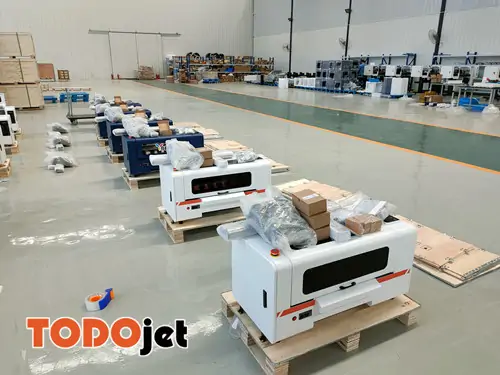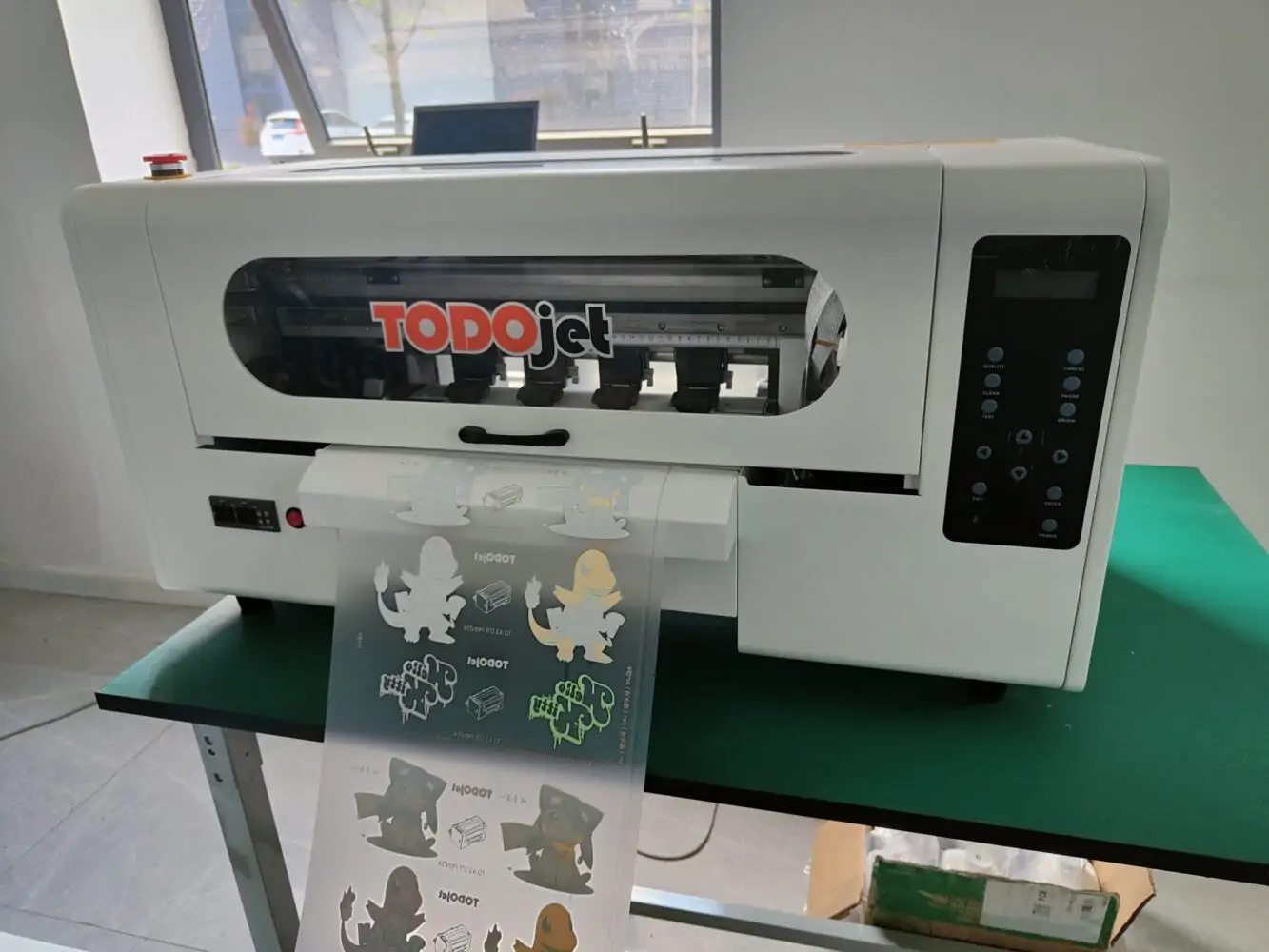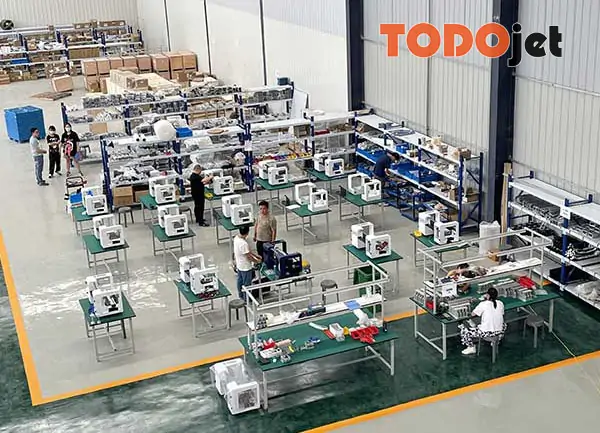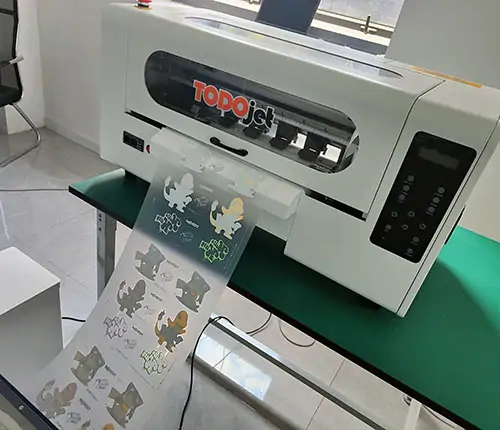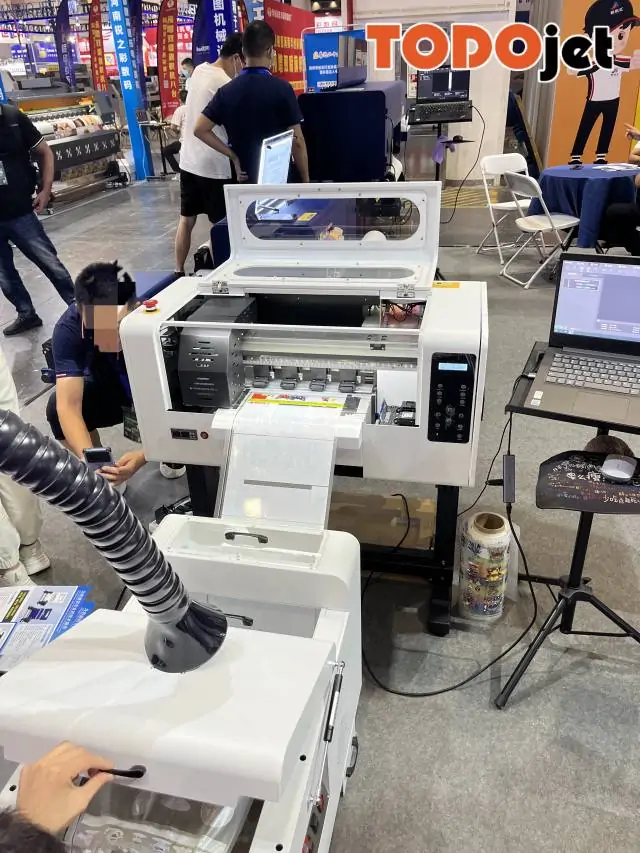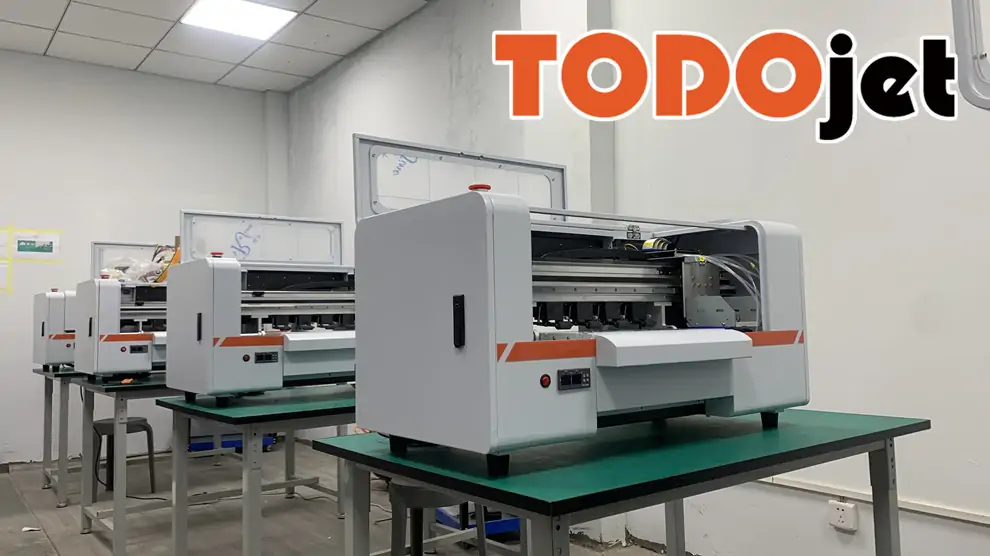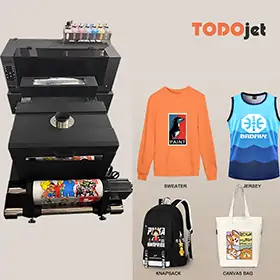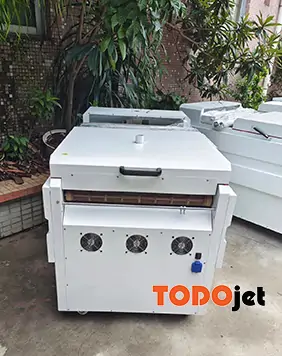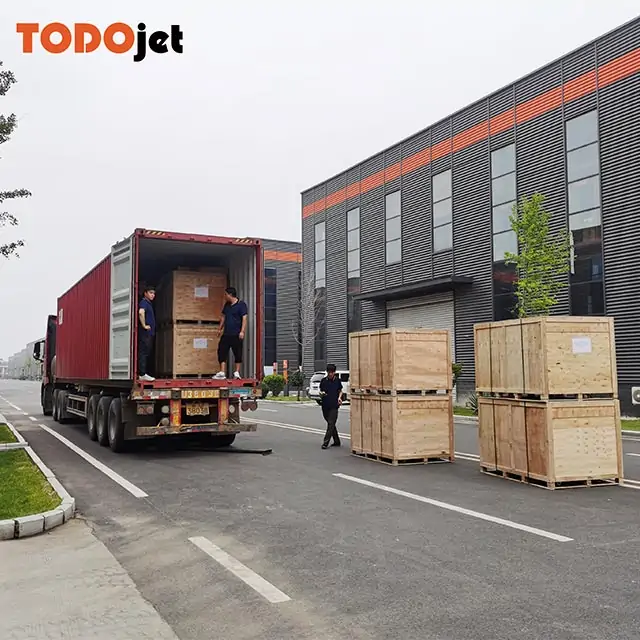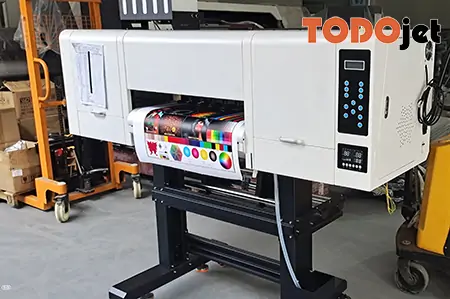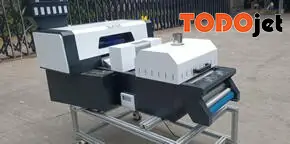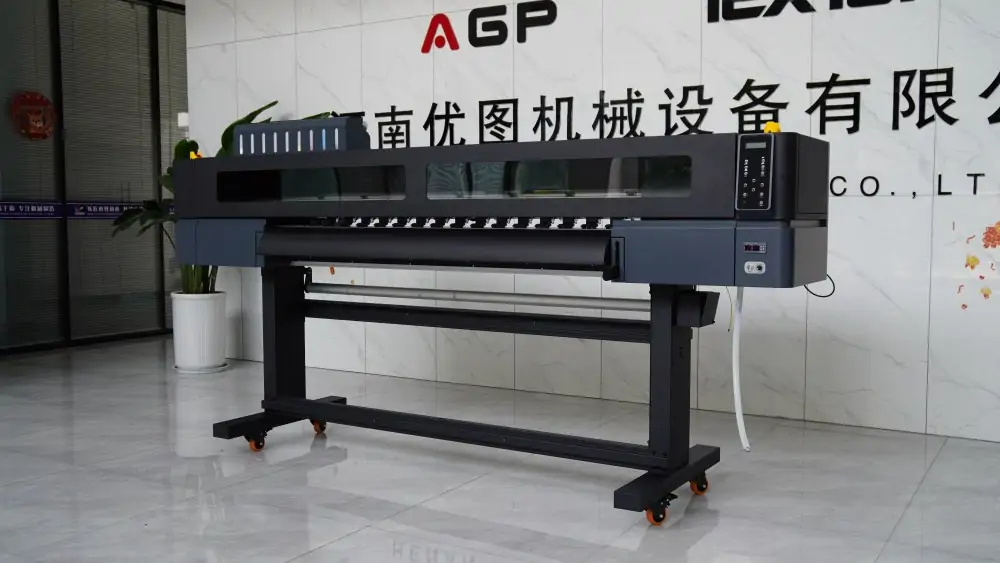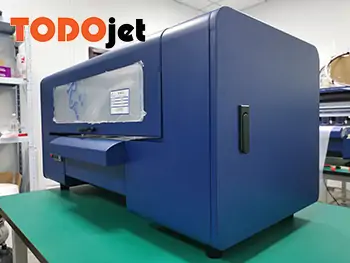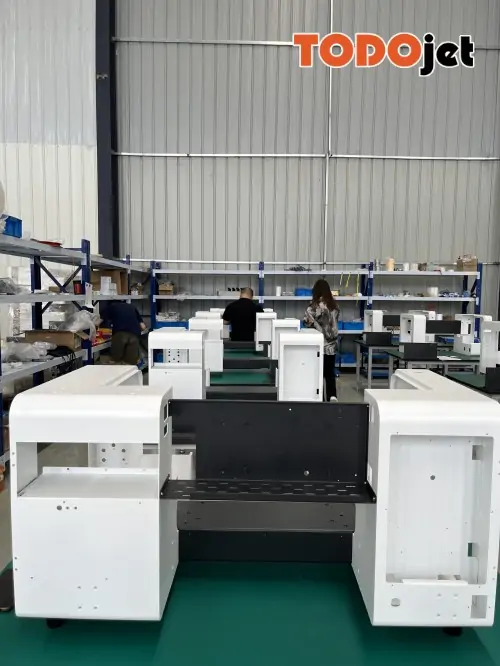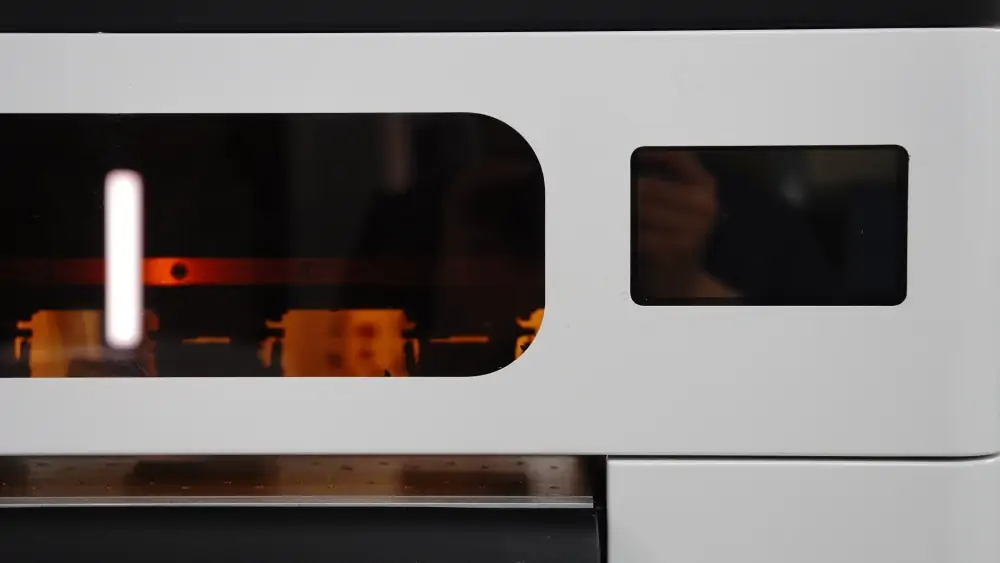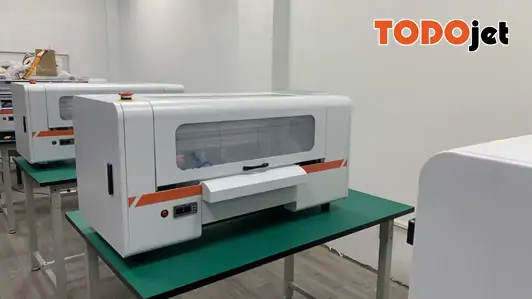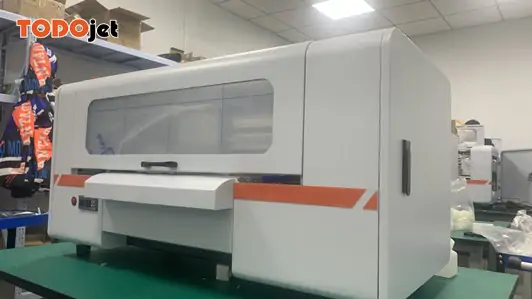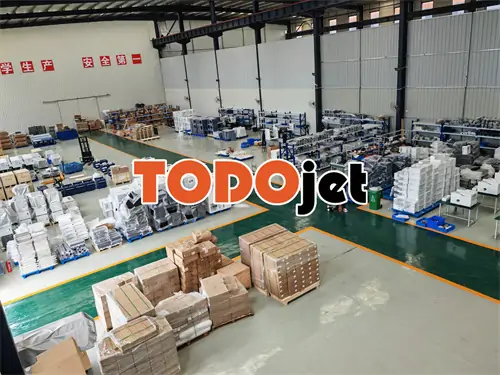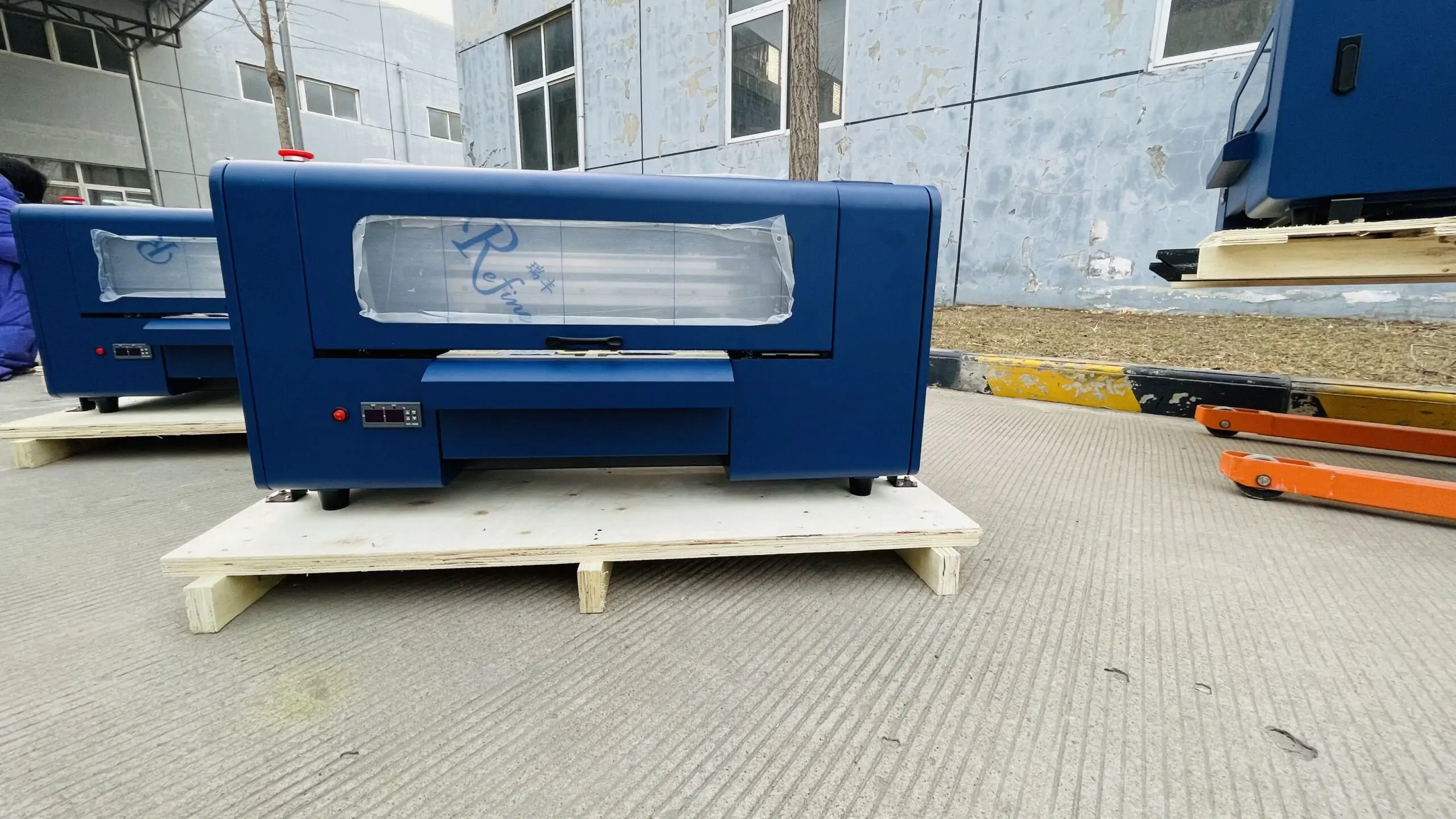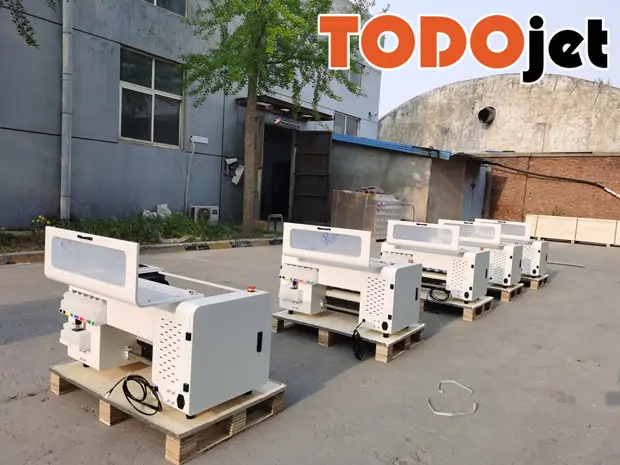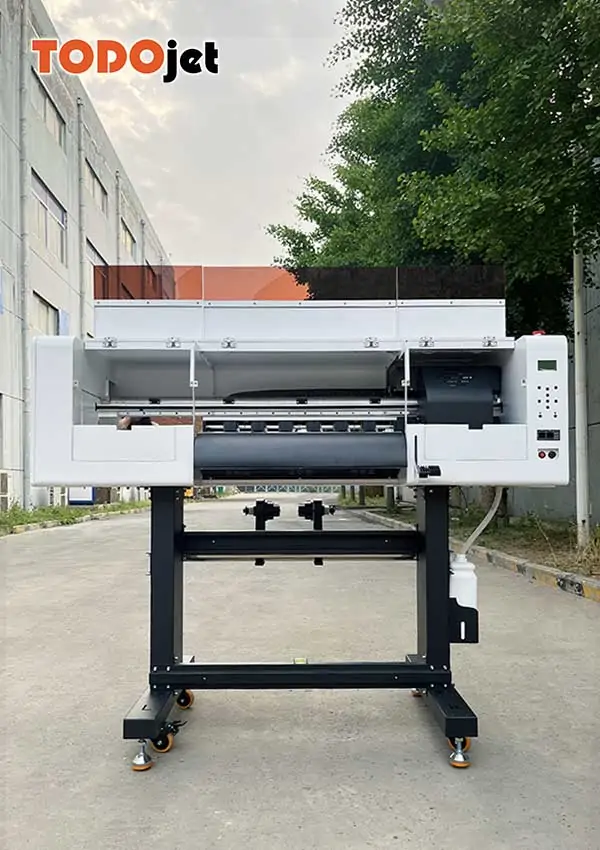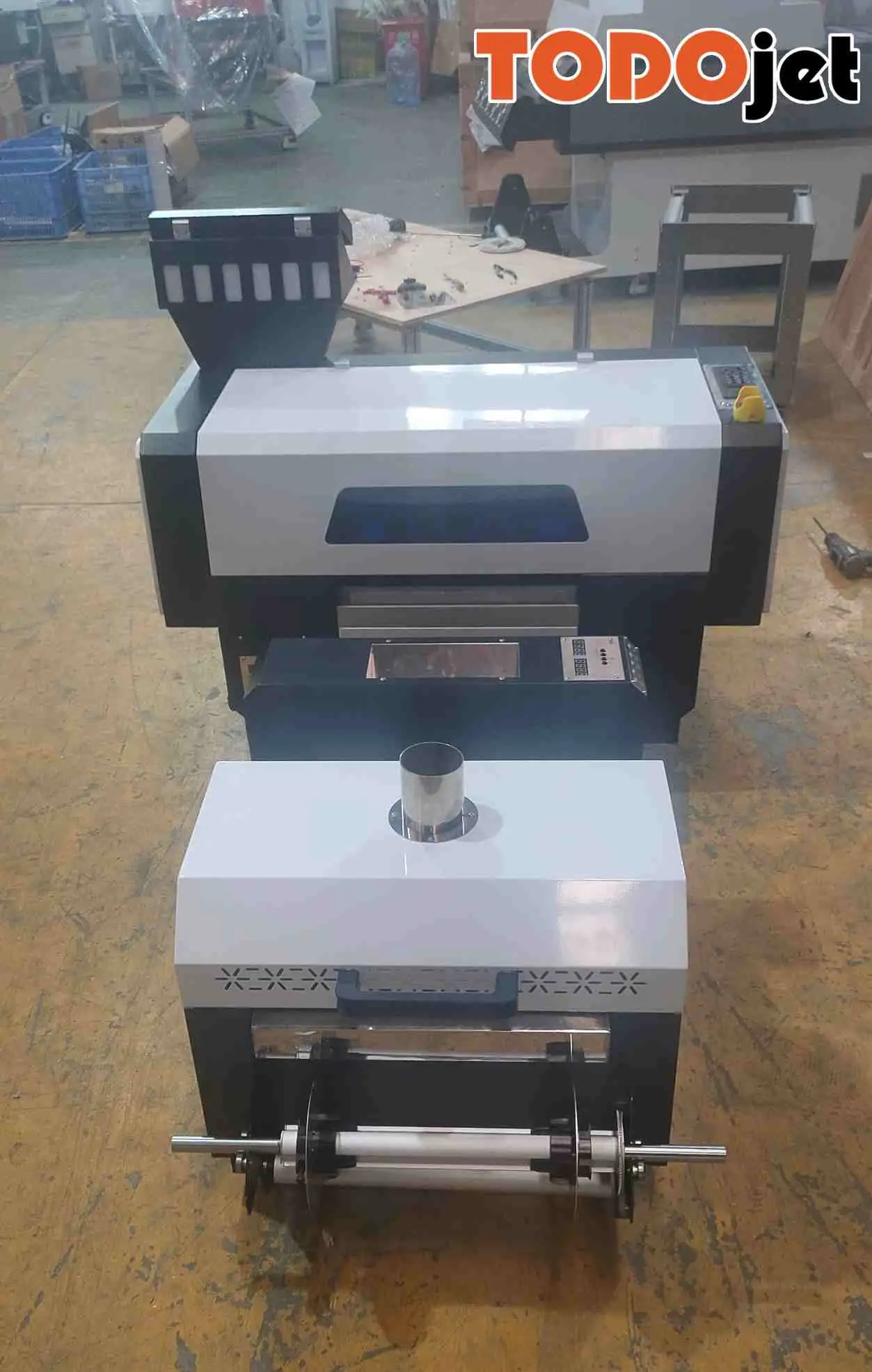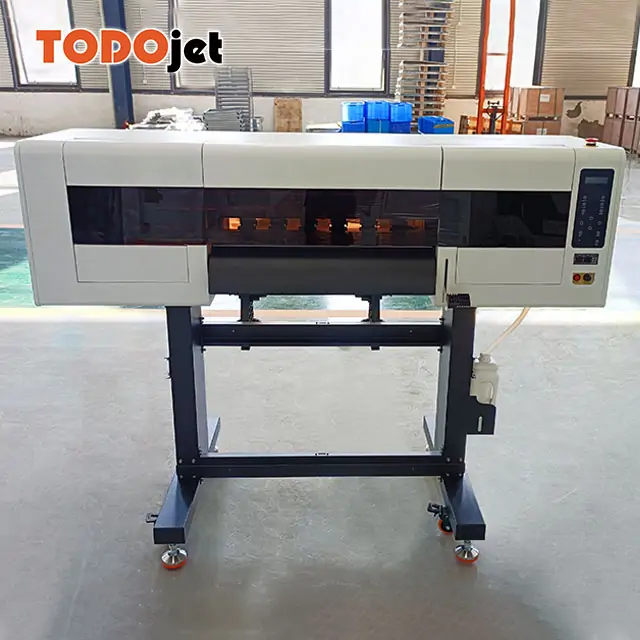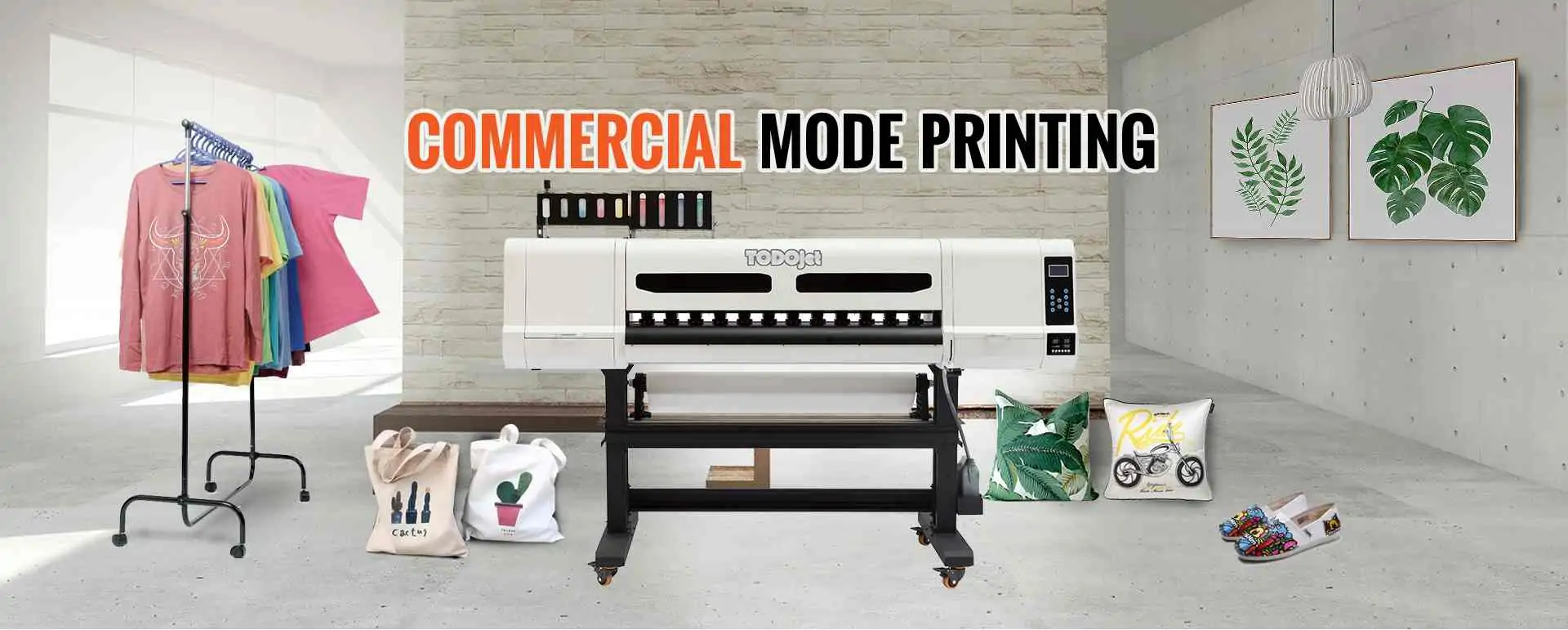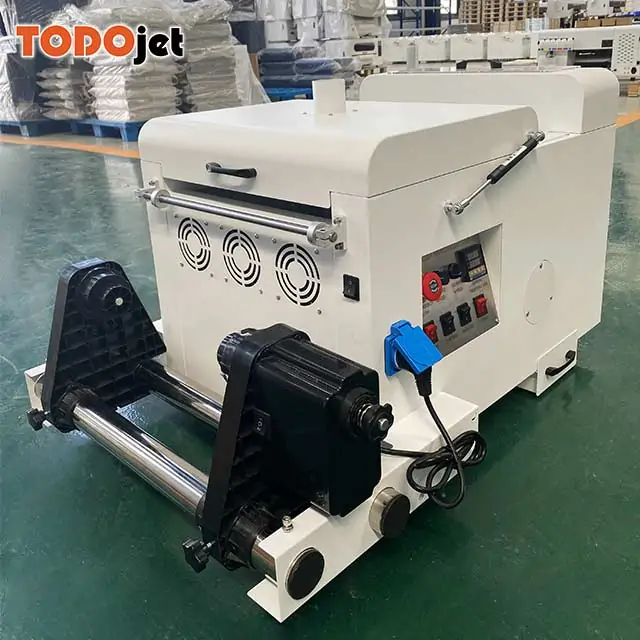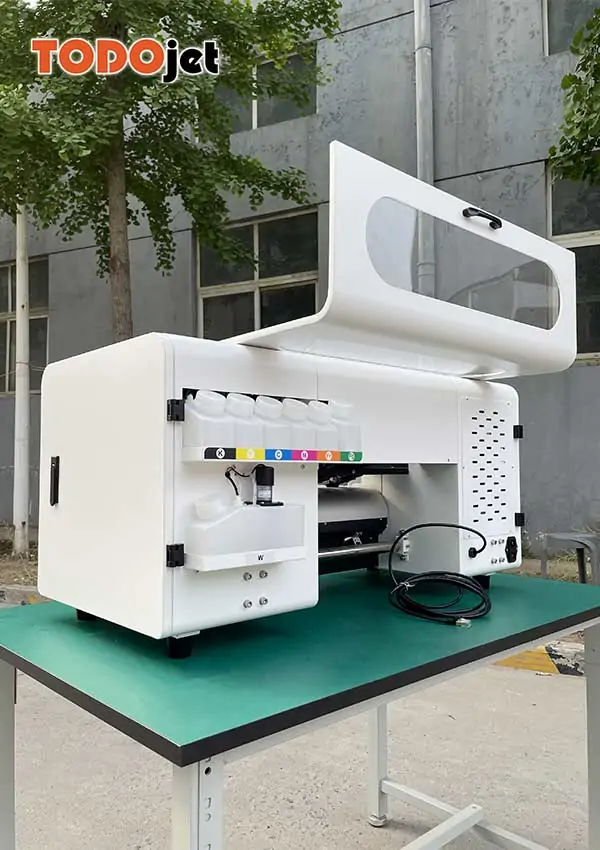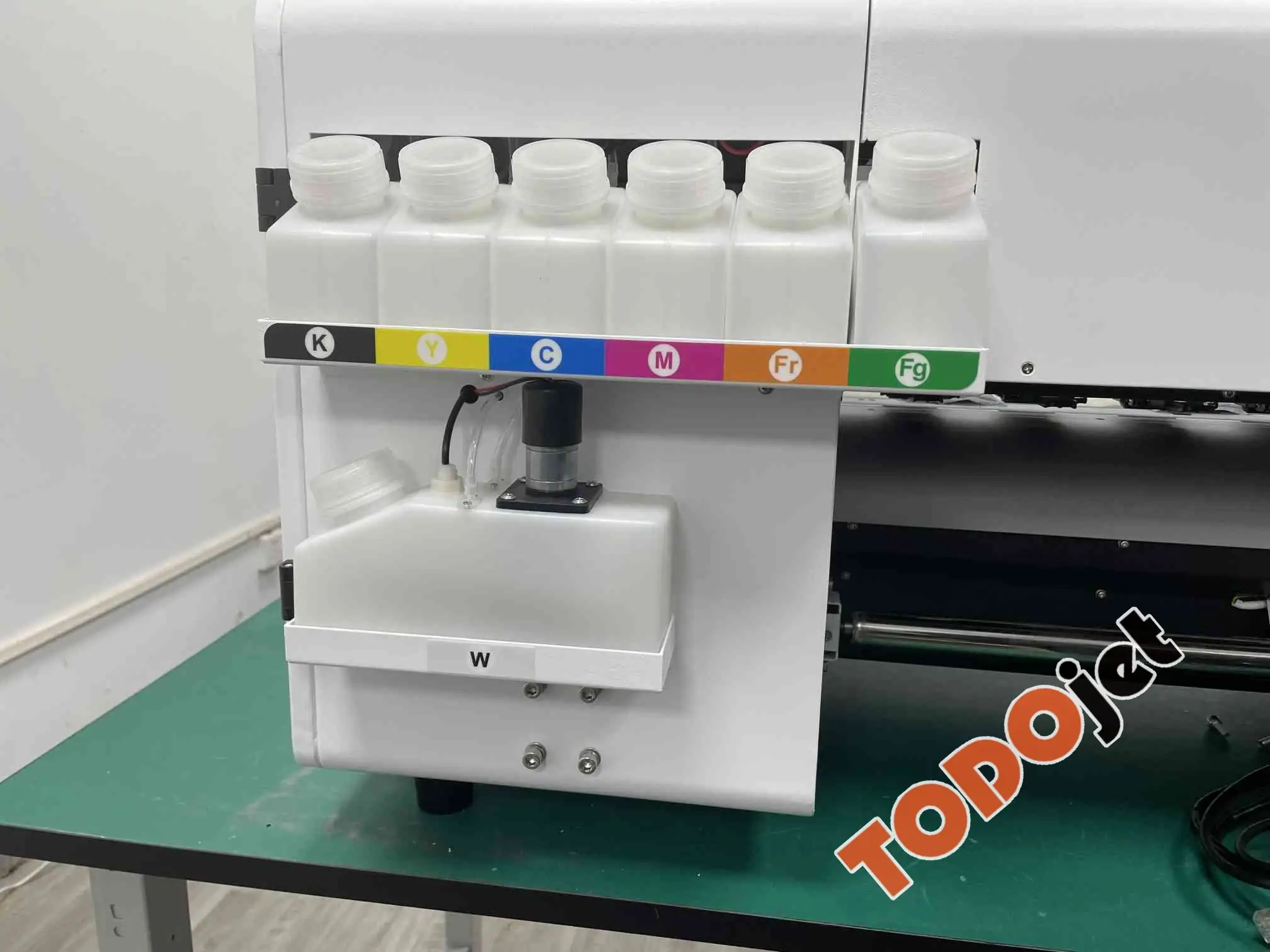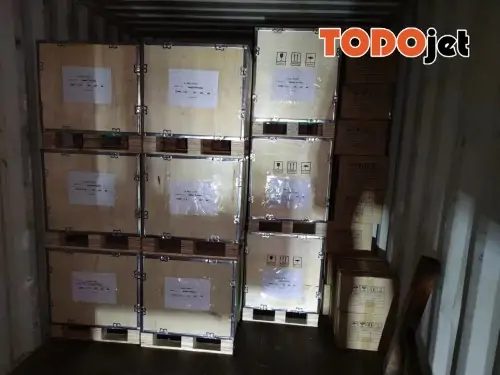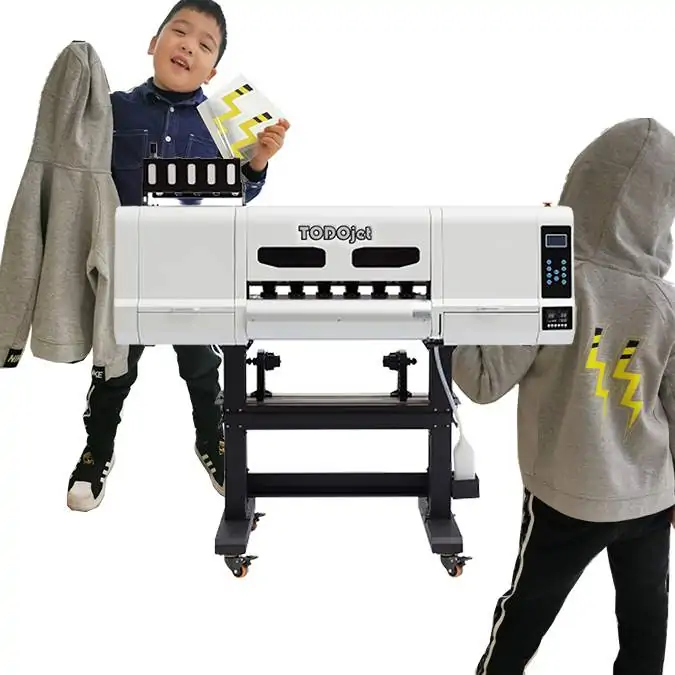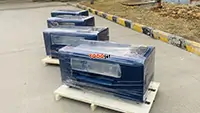The advantages of DTF Printer than DTG Printer
❈ No pre-treatment: In DTF Printer, there is no need to pre-treat the fabric because it is pre-printed on the film and must be transferred.
❈ Printing on film: In DTF, we print on film and then the design must be transferred to the fabric. This can make the process a little longer compared to DTG.
❈Adhesive powder: This type of printing requires the use of Adhesive powder, which is applied immediately after the ink is printed on the film. On printers created for DTF, this step is included in the printer itself, so you can avoid any manual steps.
❈ Using white ink: In this case, a layer of white ink is required, placed on top of the color layer. This is the one that is transferred to the fabric and used as the basis for the main color of the design.
❈ Any type of fabric: One of the advantages of DTF is that it allows you to use any type of fabric, not just cotton.
❈ Transfer from film to fabric: The final step of the process is to remove the printed film and transfer it to the fabric using a press.
1. The advantages of DTF Printer:
❈ No pre-treatment: In DTF Printer, there is no need to pre-treat the fabric because it is pre-printed on the film and must be transferred.
❈ Printing on film: In DTF, we print on film and then the design must be transferred to the fabric. This can make the process a little longer compared to DTG.
❈Adhesive powder: This type of printing requires the use of Adhesive powder, which is applied immediately after the ink is printed on the film. On printers created for DTF, this step is included in the printer itself, so you can avoid any manual steps.
❈ Using white ink: In this case, a layer of white ink is required, placed on top of the color layer. This is the one that is transferred to the fabric and used as the basis for the main color of the design.
❈ Any type of fabric: One of the advantages of DTF is that it allows you to use any type of fabric, not just cotton.
❈ Transfer from film to fabric: The final step of the process is to remove the printed film and transfer it to the fabric using a press.
TODOJet A3 DTF Printer, welcome to your coming!
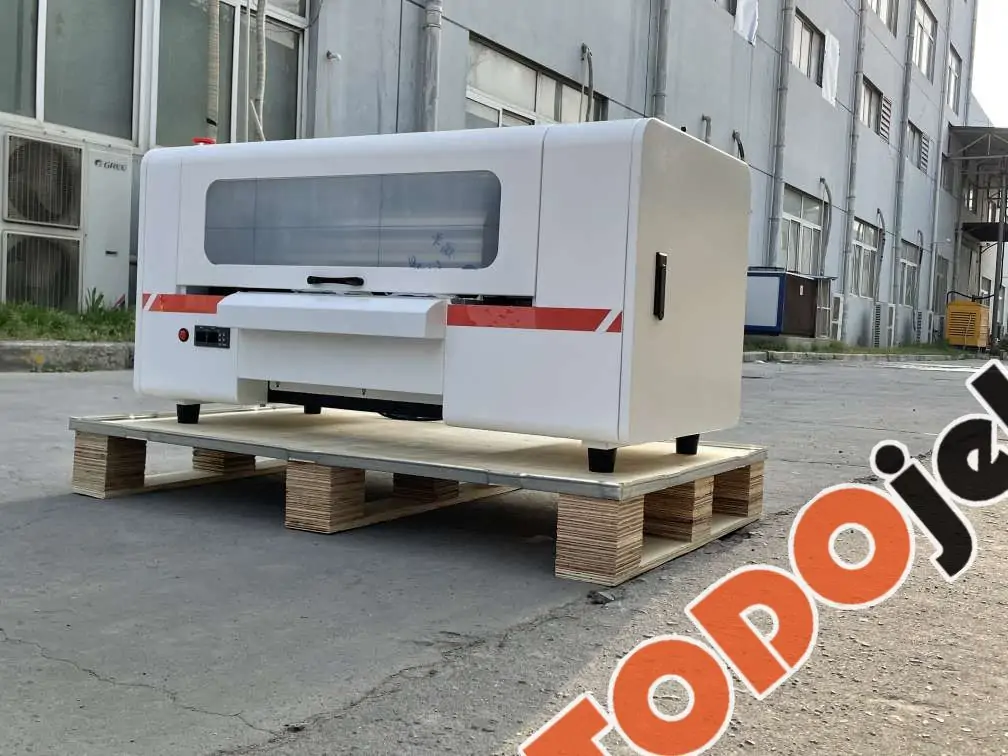

2. So, what factors should we consider when deciding which print to choose?
❈ Our printing material: As mentioned above, DTG can only be printed on cotton, while DTF ink can be printed on many other materials.
The DTF Printer:
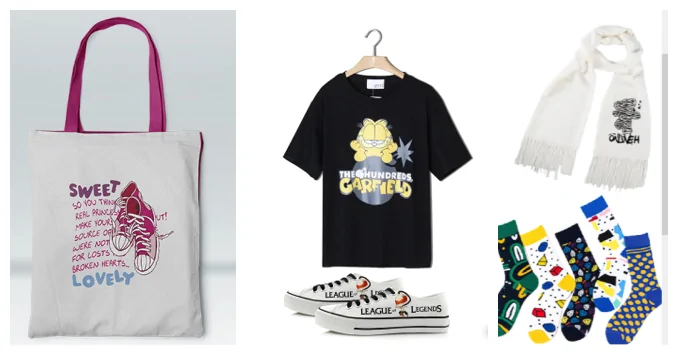
❈ Production volume: Currently, DTG machines are more versatile than DTF and allow for larger and faster production. Therefore, it is important to be clear about the production needs of each company.
❈ Results: The end result of one printout is very different from another. In DTG, the drawing and ink blend into the fabric and feel rougher, like the base itself, while in DTF ink, the solid color powder makes it feel plastic, brighter, and less integrated with the fabric. However, this also gives the impression of higher color quality because they are pure and the base color does not interfere.
❈The use of white: a priori, both technologies require a considerable amount of white ink to print, but using good software, it is possible to control the white layer applied in DTG, depending on the base color and thus greatly reducing costs.

